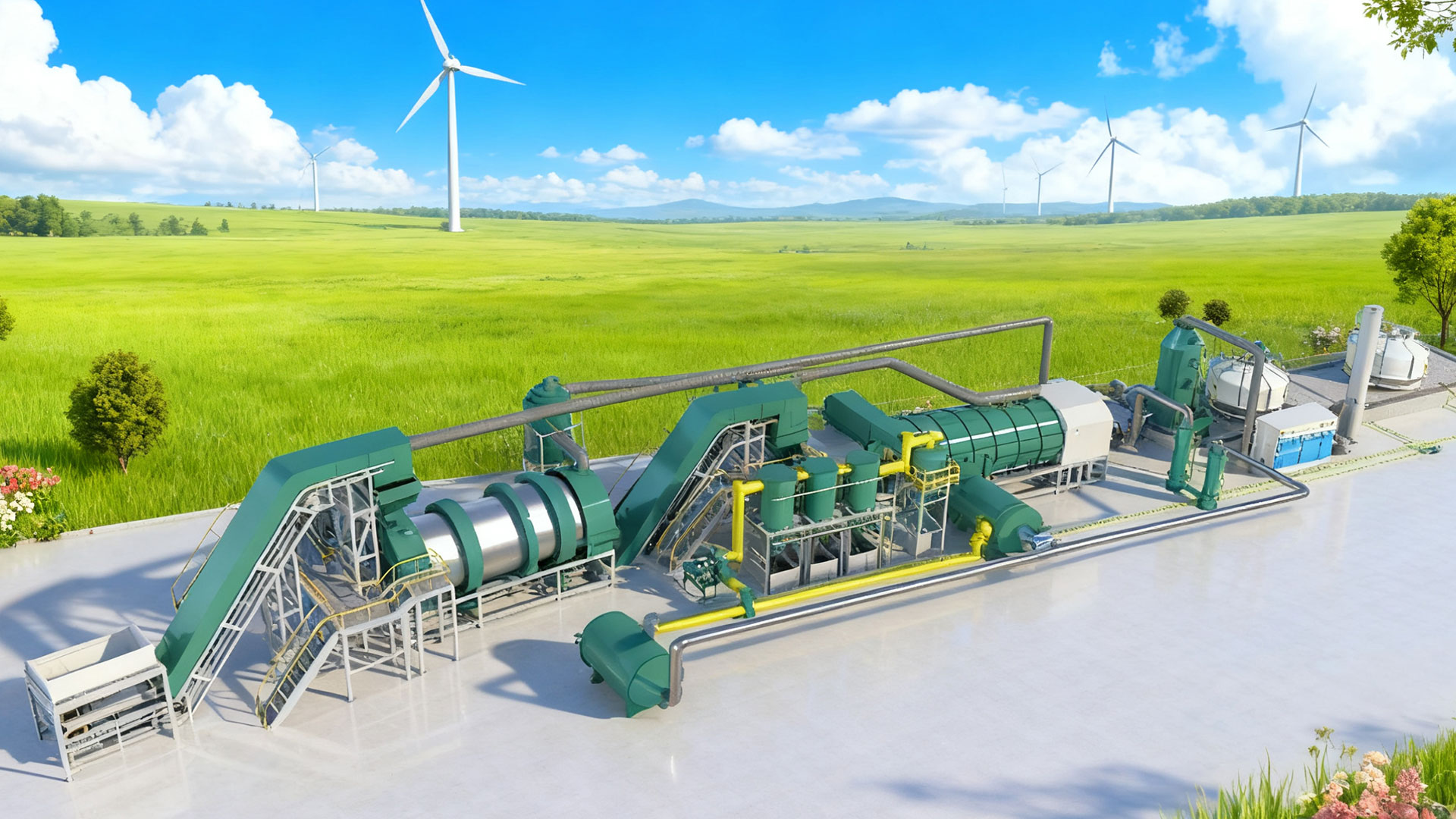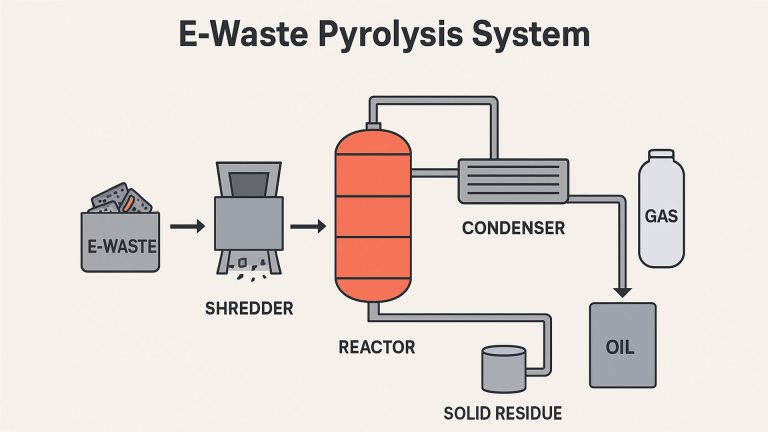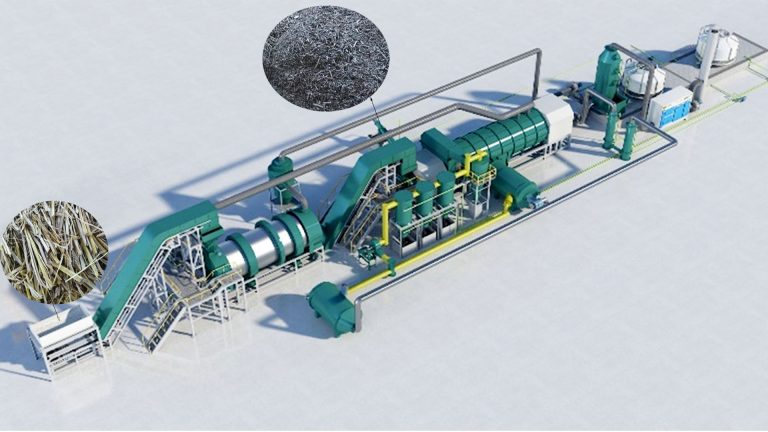Biomass pyrolysis projects are rapidly developing worldwide, ranging from small pilot projects to large commercial facilities. These projects are attracting attention for their potential for carbon removal, waste management, and renewable energy production. As a key direction for sustainable energy development, biomass pyrolysis projects play an indispensable role in energy transition and environmental protection.
Benefits of Biomass Pyrolysis Projects
Biomass pyrolysis technology, particularly when focused on biochar production, offers a range of unique and powerful advantages. Biomass pyrolysis presents an attractive solution for addressing climate change, resource management, and sustainable development.
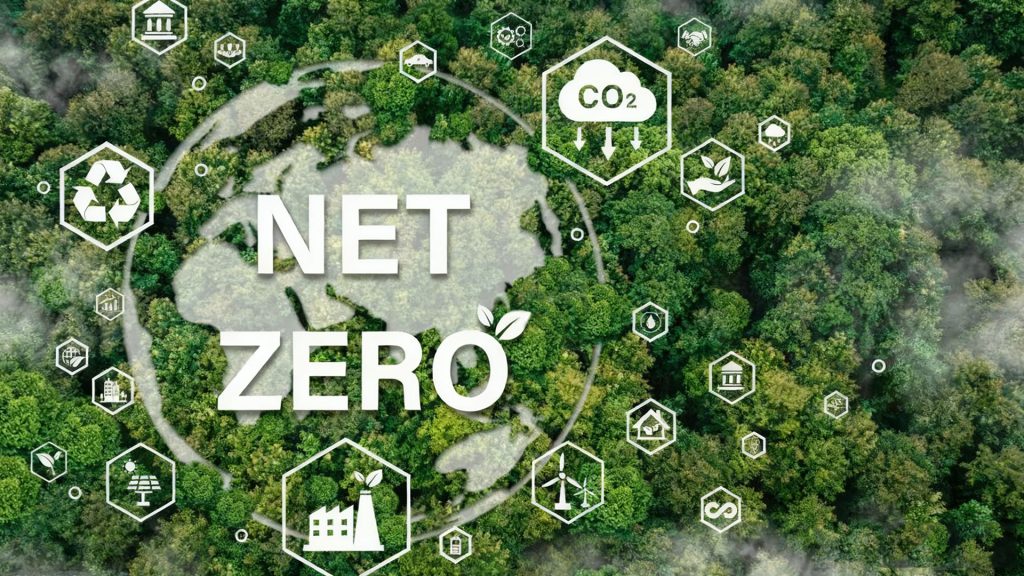
Biomass pyrolysis project can achieve multiple goals, primarily in the following areas:
Energy Production
The biomass pyrolysis plant can converte biomass into biochar, syngas and tar. The biochar and syngas can replace some fossil fuels, reduce dependence on traditional energy sources, and alleviating energy shortages.
Waste Treatment and Resource Utilization
The biomass pyrolysis project decontaminates, reduces, and recycles organic waste generated by agriculture, industry, and daily life. Sludge and livestock manure can be converted into valuable energy and materials after treatment, reducing the risk of environmental pollution.

Soil Remediation and Improvement
Biochar produced by biomass pyrolysis can be used as a soil conditioner. It improves soil structure, enhances water retention, air permeability, and fertility, promoting plant growth. It also locks in heavy metals and pollutants, thereby remediating contaminated soil.
Carbon Emission Reduction and Environmental Protection
Biomass pyrolysis is not only a zero-emission project, but also a negative-emissions project. By managing the flow of carbon, it converts carbon that would otherwise quickly return to the atmosphere into stable, long-term storage and renewable, zero-carbon energy. This makes it an essential key technology for achieving global carbon neutrality.
When biochar is applied to soil or used for other purposes, this carbon can remain stable in the environment for hundreds or even thousands of years.
Compared to traditional fossil fuels, biomass pyrolysis produces lower carbon emissions, helping to reduce greenhouse gas emissions and address climate change.
Economic Benefits and Sustainable Development
Biomass to biochar production equipment creates economic value by producing energy products and high-value-added carbon materials. For example, bio-oil can be used as a chemical feedstock. Biochar can be used in agriculture, environmental protection, and other fields, achieving balanced economic and environmental development.
In summary, biomass pyrolysis projects are of great significance in energy supply, waste management, environmental protection, and sustainable development. They are a key technological means to achieve resource recycling and a low-carbon economy.
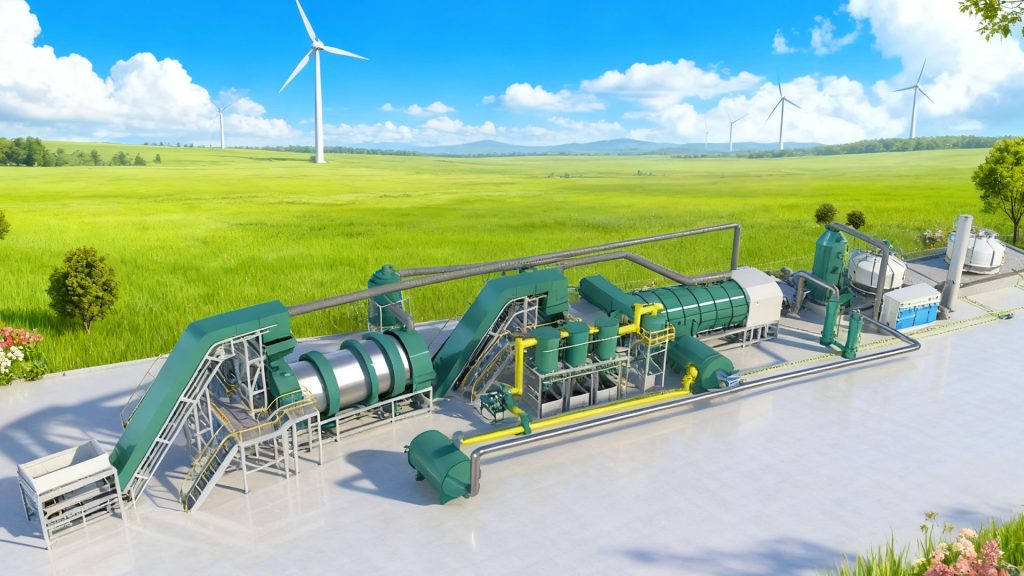
Key Drivers of Biomass Pyrolysis Carbonization Projects
Carbon Removal and Climate Change: Biochar is recognized as one of the most promising negative emissions technologies, offering projects significant potential for carbon sequestration revenue.
Policies and Subsidies: Initiatives such as the US 45Q tax credit, the EU’s Green Deal, and various renewable energy directives have directly stimulated investment in biomass pyrolysis projects.
Waste Management Pressure: Biochar provides sustainable solutions for the treatment of agricultural, forestry, and municipal waste, creating new value chains.
Soil Degradation and Sustainable Agriculture: Biochar’s ability to improve soil fertility, water retention, and reduce fertilizer use has attracted the agricultural sector.
Technological Advances and Cost Reductions: With the continued maturity of continuous pyrolysis technology and the scaling up of biochar production, the economic viability of biomass carbonization projects is gradually improving.
Summary
Global biomass pyrolysis projects are at a turning point, moving from demonstration to large-scale commercial application. Their development is no longer simply a question of technical feasibility. It depends more on business model innovation, stable policy support, the maturity of the carbon market, and supply chain optimization.
With the global pursuit of carbon neutrality becoming increasingly urgent, biomass pyrolysis technology, particularly biochar production for carbon sequestration, is expected to see widespread deployment and growth over the next decade.

